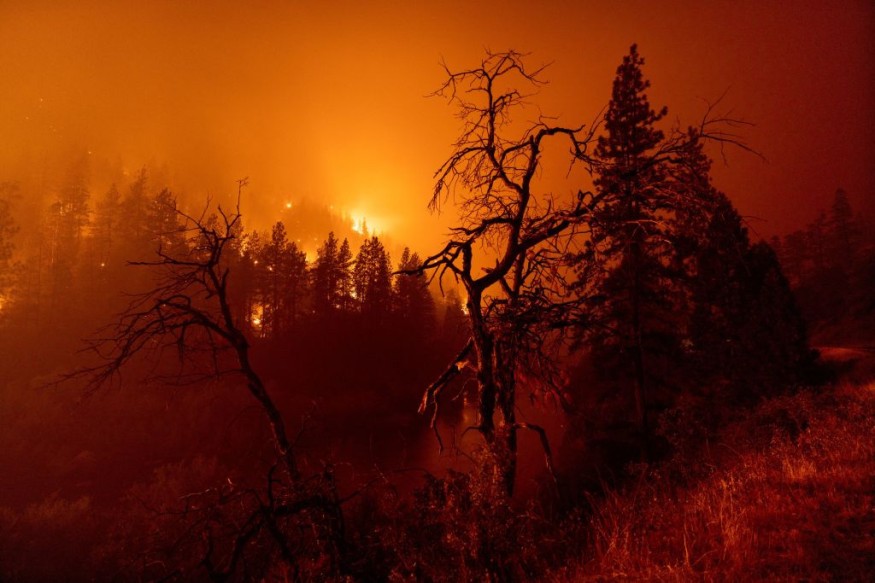Elmo Fire in Montana, which is out of control, prompts evacuations. The Elmo Fire, which is thought to have consumed close to 13,000 acres, is said to have begun on Friday near the village of Elmo.
Scenes on the ground from the Elmo 2 Fire near Hog Heaven Range on Monday night.
— Antonio Ibarra Olivares (@antonioibarra06) August 2, 2022
Fire has burnt more than 16,000 acres. Fire containment is in single digits.#onassignment for the @missoulian pic.twitter.com/4fITBPbBh6
Elmo Fire
North of Highway 28, the fire spread from grass to trees after beginning in the grass. Authorities issued an order to evacuate the Lake Mary Ronan corridor to the Lake County Sheriff's Office on Monday afternoon. The weather has hampered the fire's containment efforts.
The fire is still fueled by strong winds and an abnormally dry climate. Due to the serious fire weather risk, the National Weather Service issued fire weather warnings.
Wildfire Risk

A wildfire is a fire that breaks out in a wilderness setting like a forest, meadow, or prairie. Wildfires may occur anytime, anyplace, and are frequently brought on by human action or a natural occurrence like lightning. It is unknown how wildfires started in 50% of those that have been recorded.
Extremely dry circumstances, such as drought and strong winds, enhance wildfires' danger. Transportation, communications, electricity, and gas utilities, as well as the water supply, can all be affected by wildfires. They also result in the loss of resources, crops, people, animals, and property and a decline in air quality.
Between 1998 and 2017, 6.2 million people were impacted by wildfires and volcanic activity, and 2400 fatalities from suffocation, injuries, and burns were attributed to these events globally. However, due to climate change, wildfire magnitude and frequency are increasing. Wildfire danger is rising due to ecosystems becoming drier and hotter temperatures. Because they release significant amounts of carbon dioxide, carbon monoxide, and fine particulate matter into the atmosphere, wildfires also immediately influence weather and climate. Health concerns, including respiratory and cardiovascular disorders, might result from air pollution. The impact of wildfires on mental health and psychosocial wellbeing is another important aspect of health.
How dangerous are wildfires?
Depending on the size, pace, and proximity of the fire, as well as whether or not the population had adequate advance notice to evacuate, wildfires or forest fires may substantially influence mortality and morbidity.
Wildfire smoke contains several air contaminants, but particulate matter poses the most risk to human health.
Smoke and ash, significant air pollutants, can adversely affect infants, young children, pregnant women, and elderly persons. The effects of wildfire smoke and ash can be particularly severe for people who already have cardiac or respiratory conditions. Injury, burns, and smoke inhalation significantly negatively impact firefighters and emergency response personnel.
Wildfires also release significant levels of mercury into the air, which can cause issues with speech, hearing, walking, muscular weakness, and eyesight in persons of all ages.
Wildfire Preparedness
Suppose sufficient disaster prevention, planning, response, and recovery measures are implemented sustainably and timely. In that case, the size of the physical and human costs associated with wildfires can be decreased.
To increase the likelihood that risks will be reduced and responses will be successful when necessary, WHO collaborates with Member States to develop resilient and proactive health systems that can foresee the requirements and challenges during crises.
Related Article: Paradise Rebuilt to Withstand Wildfire: After Burning Down, California Town Sees Hope
For more environmental news, don't forget to follow Nature World News!
© 2025 NatureWorldNews.com All rights reserved. Do not reproduce without permission.





